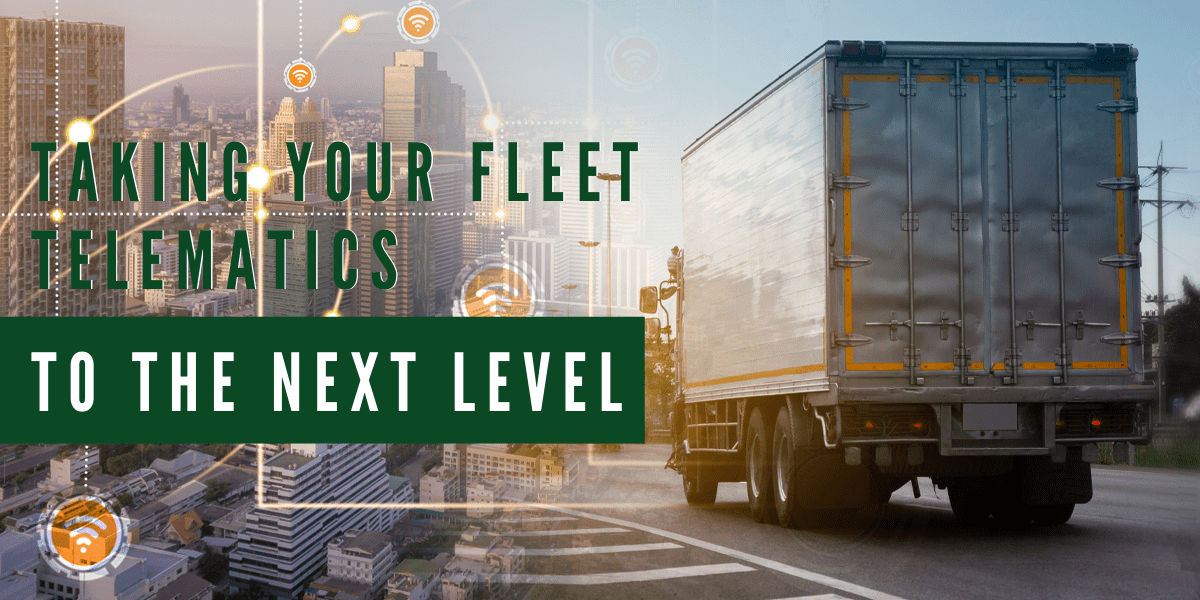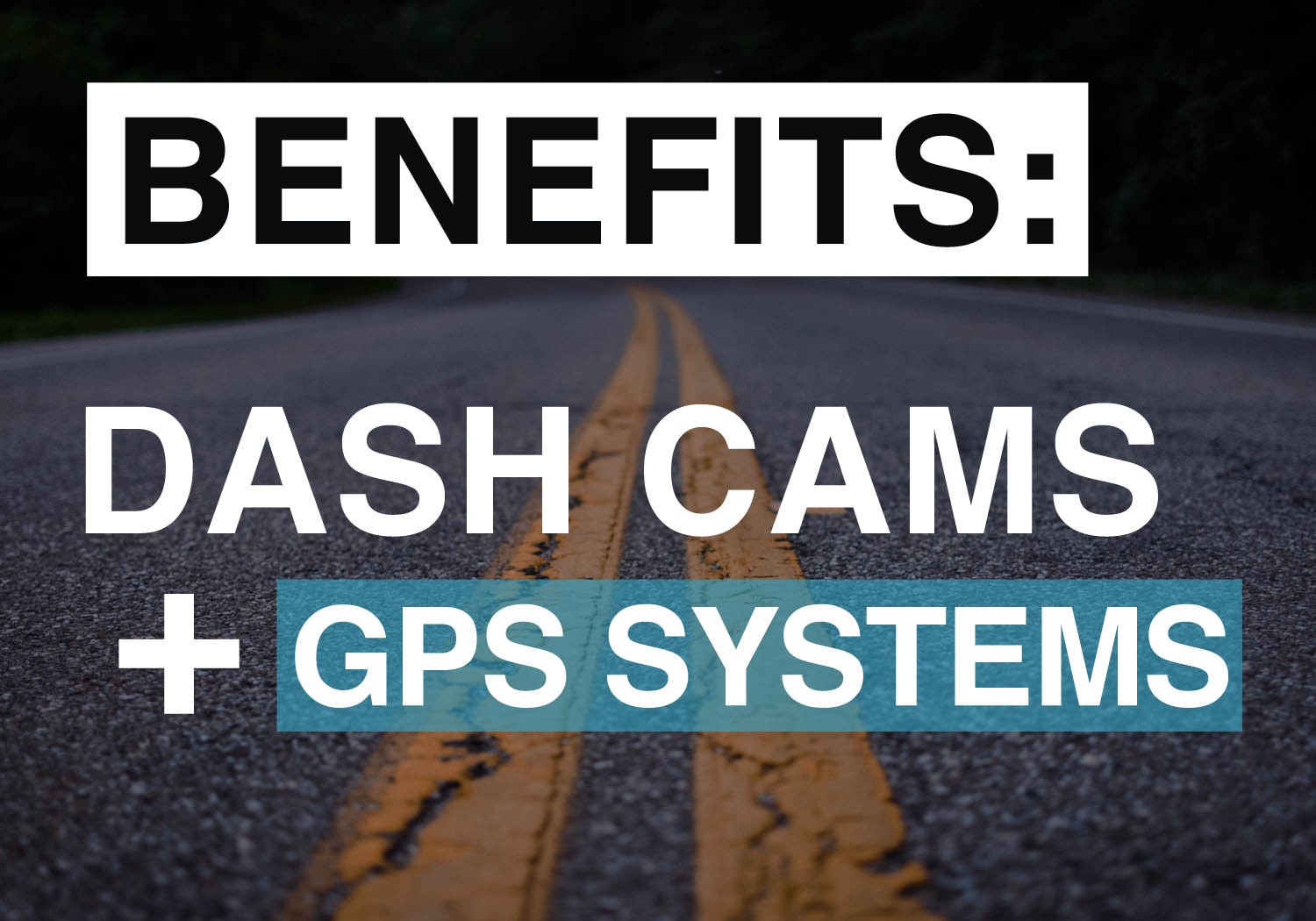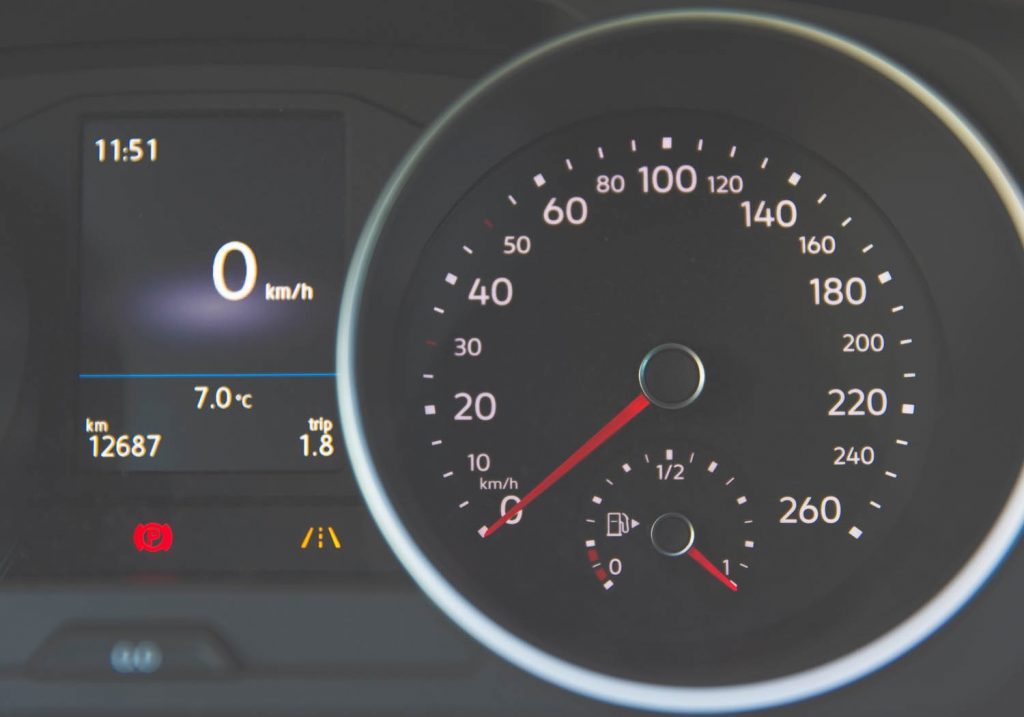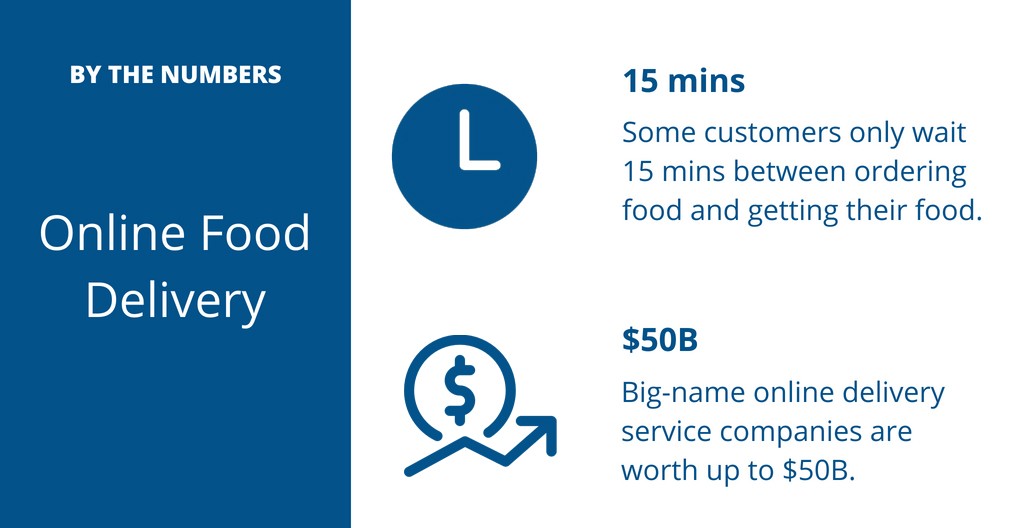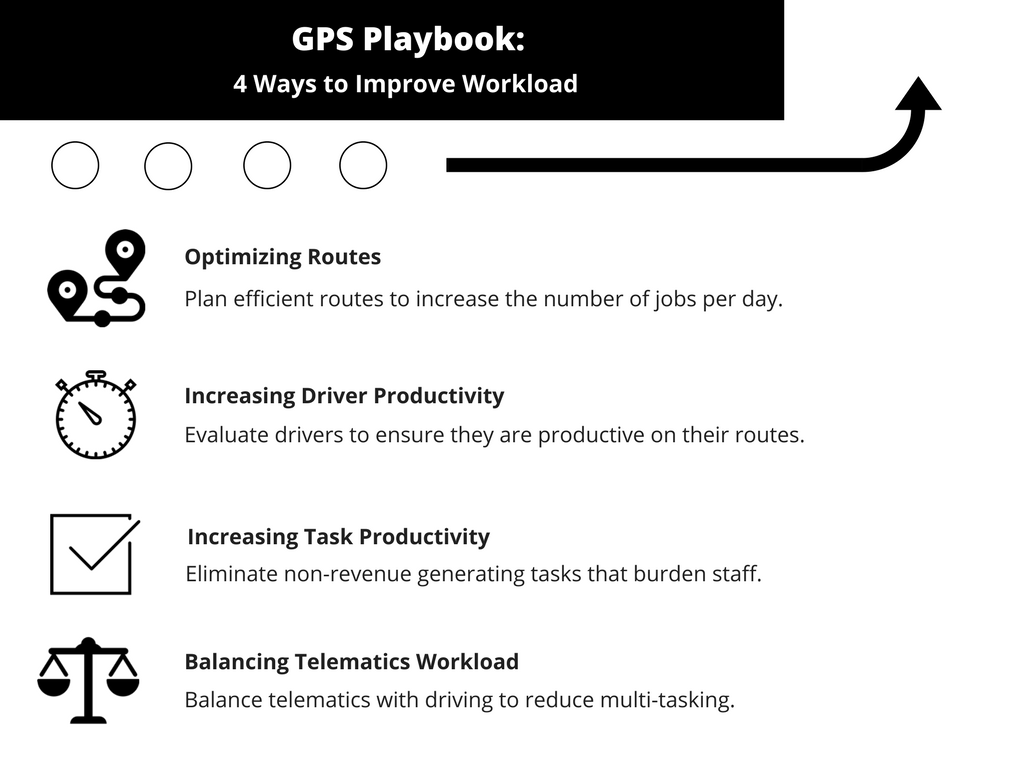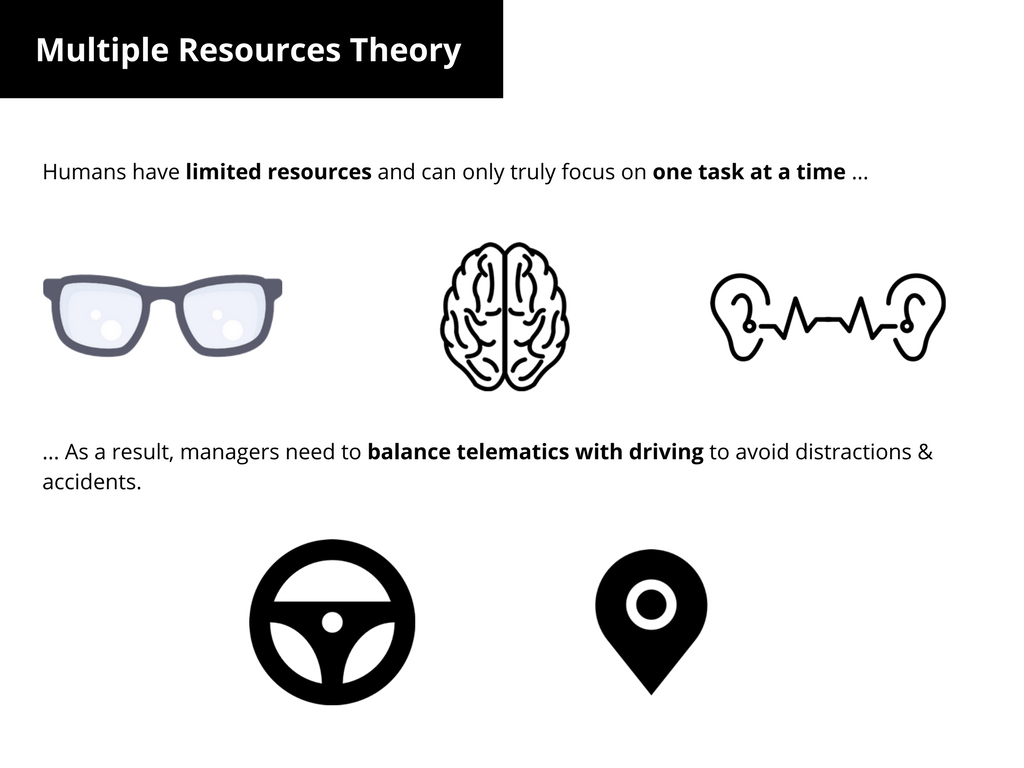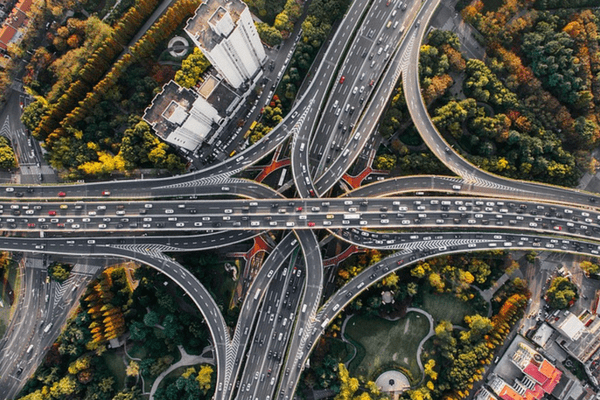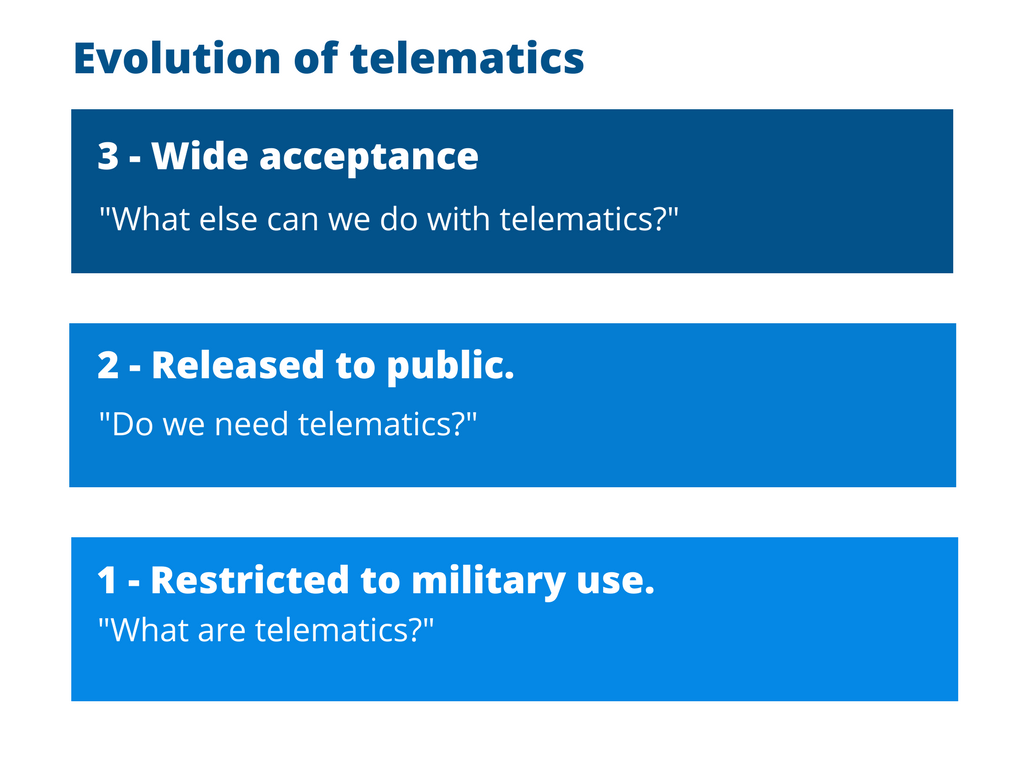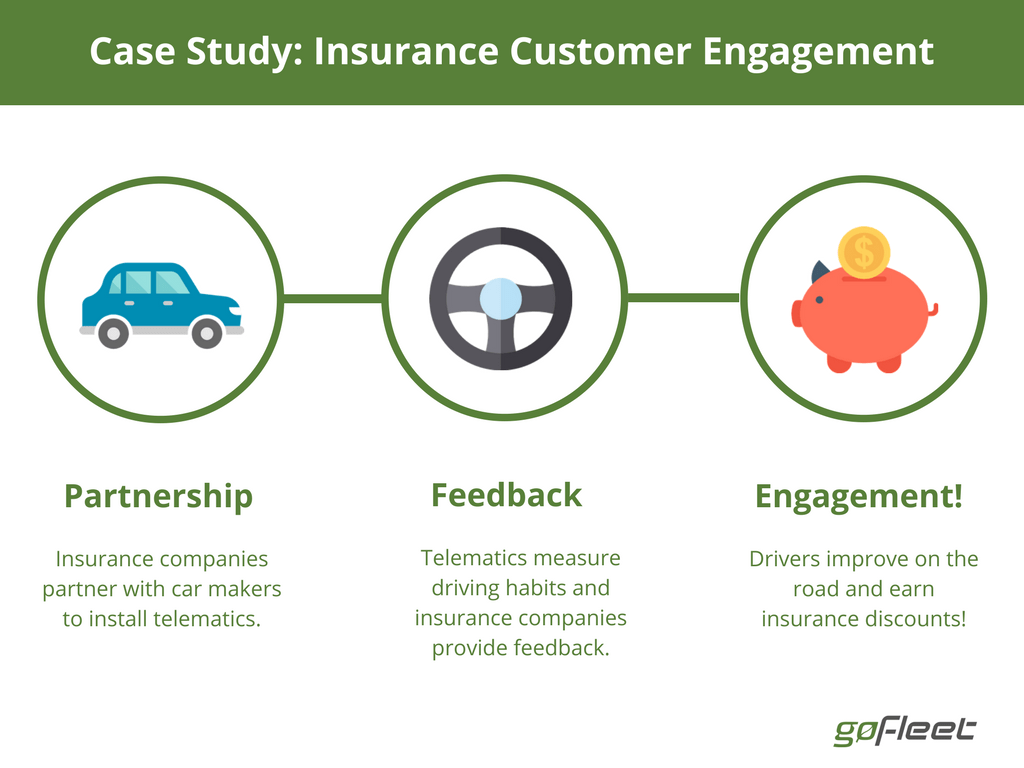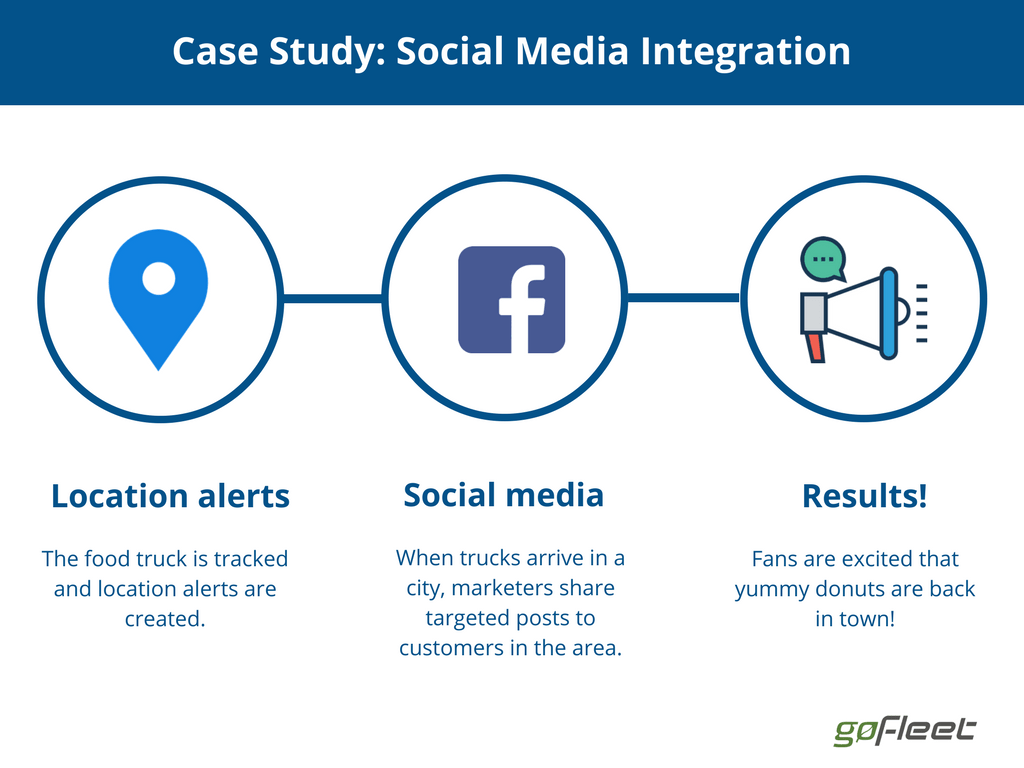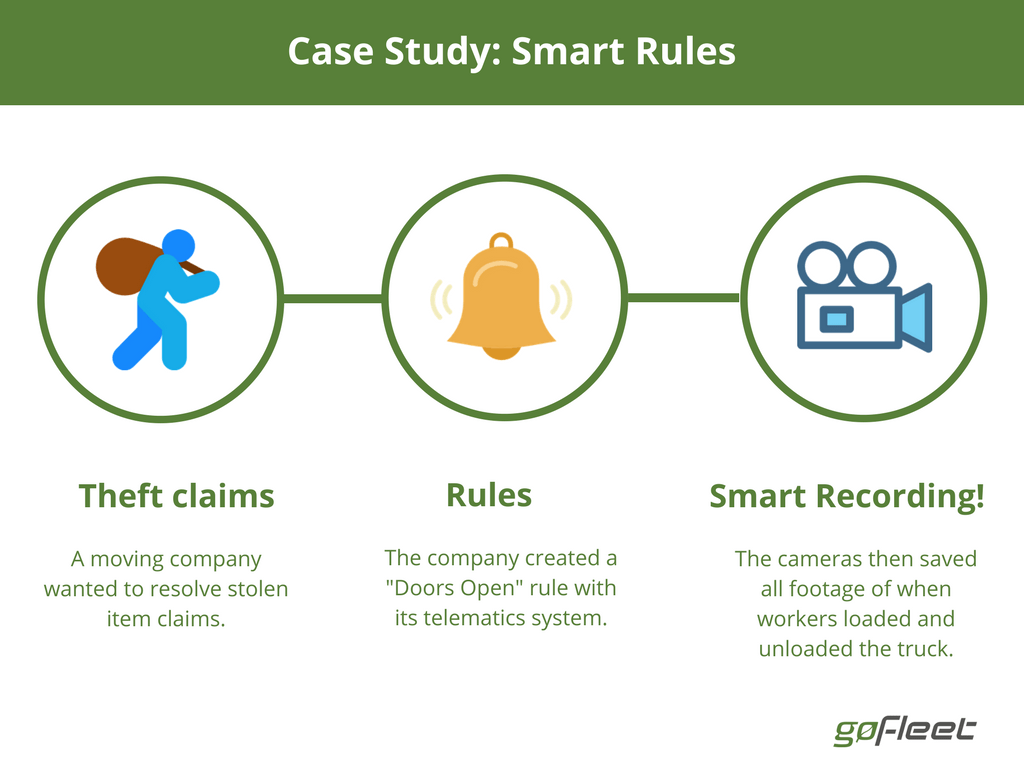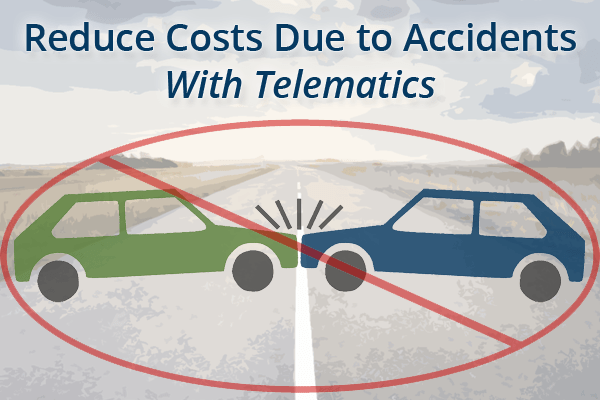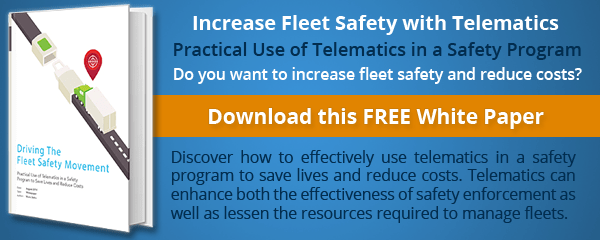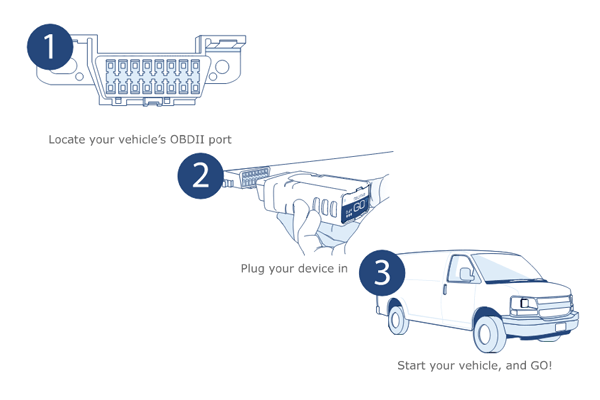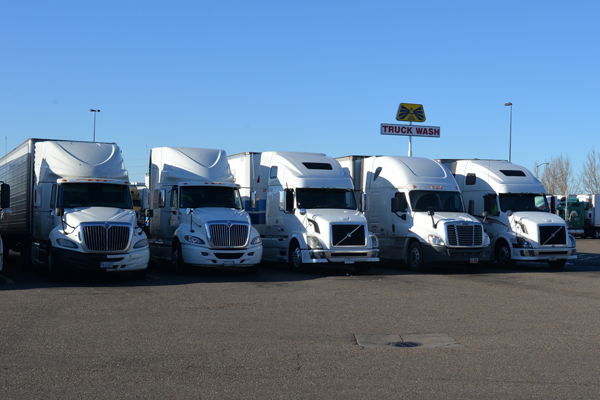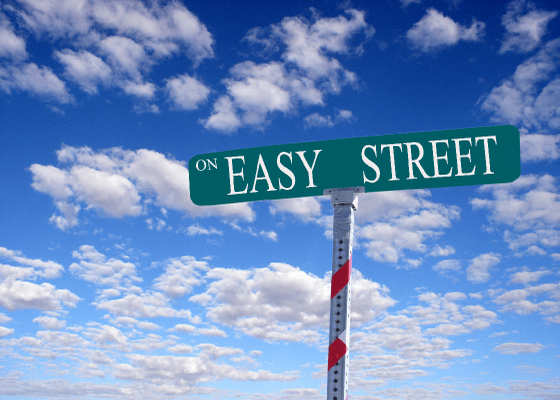With basic telematics implemented into your fleet, you are now able to track the location, movement and speed of all of your vehicles, which helps your organization increase efficiencies, and effectively, reduce wasted time and improve costs.
So, what comes next?
Advanced Fleet Tracking
Once you have the basics in place, you can start to dive deeper into telematics technology in order to really fine tune and optimize your fleet operation.
Check out these major benefits your company can gain by implementing advanced fleet telematics solutions.
Increased Safety
By monitoring driver behaviour – things such as how fast your driver is driving and how aggressive their driving may be – you can use technology that allows you to talk to the driver and coach them through safer driving practices, thereby increasing safety for them and for your vehicle.
It has been shown that drivers who are aware that their driving habits are being monitored, are more apt to perform safer behaviour which not only increases their safety, but also reduces accidents and damage to vehicles and freight.
Increased Efficiencies
By using real time communication as an add-on to your basic telematics, and adding in some routing apps, you can manage driver routes more efficiently – if there is an accident, you would be able to re-route the driver and eliminate wasted time having them stuck in traffic with high priority loads on the vehicle.
By using some of these type of add-ons to your basic telematics, adding a few minutes more to your driver’s HOS (Hours of Service) can really increase your fleet efficiency and delivery rate.
Reduce Operating Costs
In being able to track even the smallest things, such as idling time and minimizing it, a fleet can increase savings by reducing fuel costs. Other things that can be looked at are tracking at a more granular level, such as live movements on a map, maps routing, stopping vehicles, accidents and who’s responsible, which allows for increased productivity thereby reducing costs.
Optimize Vehicle Performance
With advanced telematics, sensors can send out alerts about engine issues and other diagnostic problems. Further to that, the data can be used in a predictive manner to determine when service should happen on a vehicle and allow for advanced planning in order to ensure as much uptime for the fleet as possible and manage the expenses related to repairs.
Reduce your Carbon Footprint
It’s a hot topic these days more and more companies realize that not only is this good for business, it’s good for the planet as well. By reducing your fleet’s idling time and decreasing speeding (thereby reducing the amount of exhaust and CO2), not only are you increasing the safety of your fleet and drivers, increasing your efficiencies and reducing your costs, you are also helping to do your part in reducing emissions in the air for our future generation.
Streamline Compliance
With the Canadian ELD mandated for June 21st, 2020, it is imperative that fleets ensure they are compliant and implementing advanced telematics not only ensures this but provides many other benefits previously mentioned. In addition to the benefits, the cost of not being compliant is expensive and can be avoided with the correct telematics solutions in place.
Do you need to upgrade your telematics plan for advanced fleet tracking?
Some features are already built into your tracking device that collects the data and some solutions require you to step up to the next level of offered services and products.
In order to get the most out of your fleet telematics so that you can save your company time, money and increase efficiencies and safety, give GoFleet a call. We are here to help create a customized and fully integrated telematics solution that is specific to your needs and lets you get the most value for your money.
Advanced fleet tracking is much more than GPS services and with the telematics of the future, there are and will be so much more you can do in order to continually create the best fleet management company you can envision.
GoFleet – Connected Technology. Smarter Solutions.
Discover more about GoFleet and its Telematics Services
